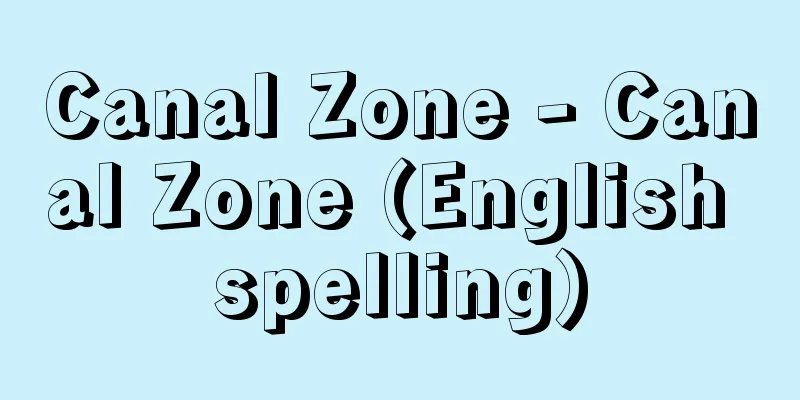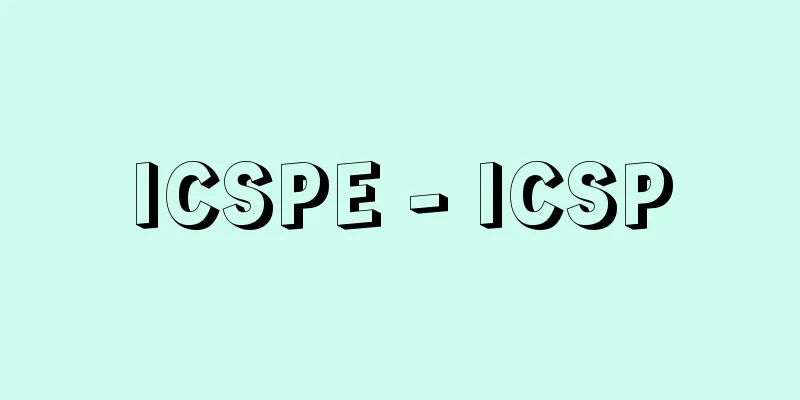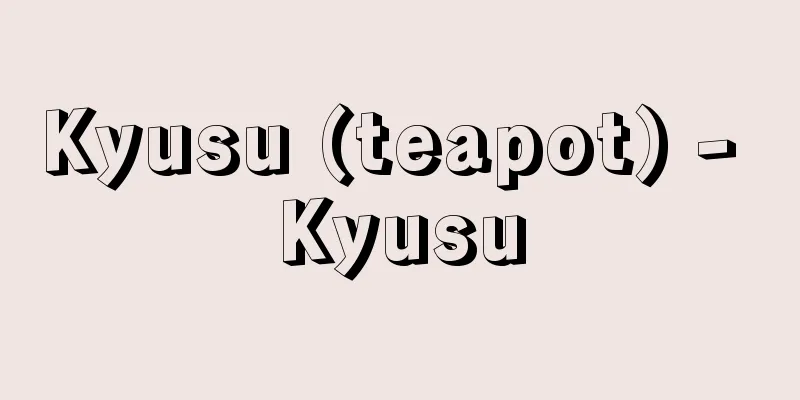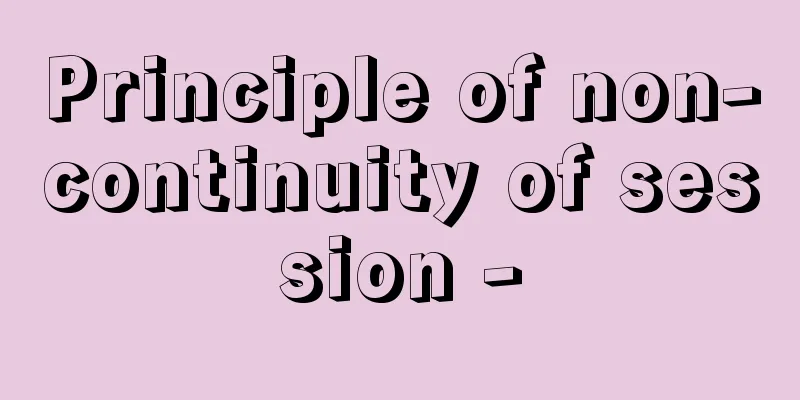History education
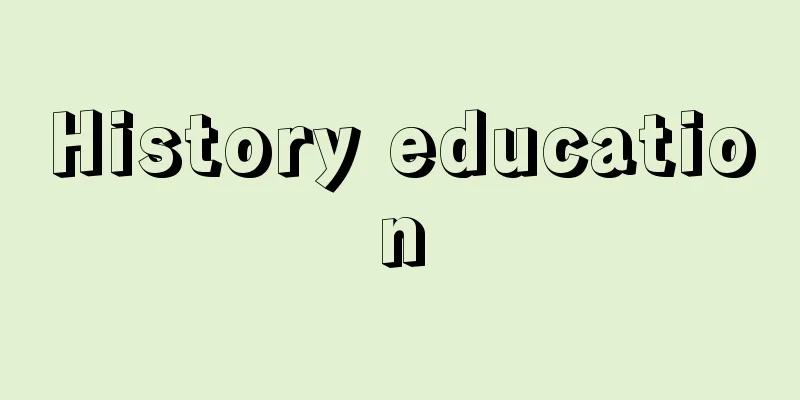
|
An education that considers past historical events and human actions in the context of their times from an international perspective, and teaches that the present is determined by causal relationships with the past while opening up to the future. Generally, the general history studies in high school subjects such as "Japanese History A," "Japanese History B," "World History A," and "World History B," and in junior high school "historical fields" are called history education, while the study of tools, annual events, people, and cultural assets in elementary school social studies is study related to historical content and is not called history education. [Yoshizo Hirata] developmentIn the educational system established in 1872 (Meiji 5), national history and international history, mainly the history of other nations, were taught in elementary schools. In foreign history education, "Western history" was taught in junior high schools and high schools (old system) from 1881 onwards, but "Oriental history" was added in the junior high school curriculum established in 1902 (Meiji 35). Since then, history education was divided into "national history," "Oriental history," and "Western history," but this division was for convenience. After World War II, history education declined due to the establishment of social studies education, but in the 1951 (Showa 26) version of the curriculum guidelines, a new subject called "world history" was added in high schools. In the 1955 curriculum guidelines, it was also allowed to study "history" in junior high schools, and since then, to this day, "history" has been taught in junior high schools, and "Japanese History A," "Japanese History B," "World History A," and "World History B" have been taught in high schools. Research into history education theory was begun in the middle and late Meiji period by Miyake Yonekichi (former president of Tokyo University of Literature and Science) and Niimi Yoshiharu (1874-1974, Professor Emeritus of Hiroshima University of Literature and Science), but today it is mainly studied as "history education" in the Graduate School of Education, Doctoral Program in Educational Research, Department of Education, at Hiroshima University. [Yoshizo Hirata] International ComparisonIn countries such as the United States, Japan, Australia, New Zealand, the Philippines, and Thailand, historical content is studied or history education is conducted as part of social studies education, with particular emphasis placed on history education in the United States. In Western European countries such as Germany, France, and the United Kingdom, history is taught as an independent subject, but in recent years, history education has been based on a comprehensive perspective that links history with other subjects (such as "geography" and "politics"), and in terms of content there is a strong tendency for history education to foster patriotism and serve as political education. History education is also highly emphasized in Russia, Eastern European countries, and China. [Yoshizo Hirata] current situationAccording to the revised curriculum guidelines of 1998, in Japanese elementary schools, students are gradually trained in historical consciousness from the third grade in social studies classes, and in the sixth grade, historical content related to the achievements of our ancestors and outstanding cultural heritage is taught. In junior high schools, students are to study the "history field" in the first and second grades, which is organized around the major trends of Japanese history against the backdrop of world history. It is noteworthy that it emphasizes the introduction of the historical stage, the relationship with the region, and the lifestyle and culture from a broad perspective. According to the revised curriculum guidelines of 1999, the "geography and history" course in high schools has "Japanese History A," "Japanese History B," "World History A," and "World History B" as elective subjects. Both "Japanese History B" and "World History B" have "thematic studies" to develop historical thinking skills, which have attracted attention from the educational world around the world. "Japanese History A" and "Japanese History B" are also distinctive in that they introduce the results of folklore studies and emphasize "the history and lifestyle of the local community." Furthermore, "World History B" is unique compared to other countries in that the content is structured "by cultural region," and it is notable for introducing a comparative civilization perspective and having students study local customs and ethnic groups in relation to geographical conditions. [Yoshizo Hirata] History education and textbooksHistory textbooks are prone to problems during textbook screening, and some have even been deemed to have failed. In the 1960s and 1984, Saburo Ienaga (1913-2002) filed a lawsuit claiming that the textbook screening was illegal and unconstitutional, known as the "Ienaga Textbook Trial," there have been many criticisms and debates regarding the textbook screening system for "Japanese history," including on topics such as internationalization, patriotism, invasion, peace, and the atomic bomb. [Yoshizo Hirata] "A New Concept for History Learning" by Hoshimura Heiwa (1980, Tokyo Horei Publishing) " "Hirata Yoshizo, Asaka Katsusuke, Tonozono Toyoki, and Kaneko Kunihide (eds.), "Shapes and Colors in Japanese History Education" (1986, Kyoiku Publishing) " "Harada Tomohito, "Research on the Development of World History Educational Content" (2000, Kazama Shobo)" [References] | | |Source: Shogakukan Encyclopedia Nipponica About Encyclopedia Nipponica Information | Legend |
|
国際的視野で過去の歴史事象や人間の行為をその時代的背景のなかで考察するとともに、現在が過去との因果関係によって規定されつつ、将来に向かって開かれていることを学ぶ教育。一般に、高等学校の科目「日本史A」「日本史B」「世界史A」「世界史B」や中学校における「歴史的分野」の通史学習のことを歴史教育といい、小学校社会科における道具、年中行事、人物・文化財の学習は、歴史的内容に関する学習であって、歴史教育とはいわない。 [平田嘉三] 発展1872年(明治5)に制定された学制により、小学校で国史と列国史中心の万国史が教授された。外国史教育では1881年以後、中学校、高等学校(旧制)で「西洋史」が教授されたが、1902年(明治35)制定の中学校教授要目で「東洋史」が設置された。以後、歴史教育においては「国史」「東洋史」「西洋史」に分化されたが、この区分は便宜的なものであった。第二次世界大戦後、社会科教育の成立もあって歴史教育は衰えたが、1951年度(昭和26)版学習指導要領において、高等学校で「世界史」という新しい科目が設置された。また、1955年度の学習指導要領で、中学校で「歴史的分野」の学習を行ってもよいことになり、以後、今日に至るまで、中学校では「歴史的分野」を、高等学校では「日本史A」「日本史B」「世界史A」「世界史B」を学習することになった。 なお、歴史教育論の研究は、明治時代の中・後期に、三宅米吉(みやけよねきち)(元東京文理科大学長)や新見吉治(しんみきちじ)(1874―1974。広島文理科大学名誉教授)らによって始められたが、今日では、おもに広島大学の大学院博士課程教育学研究教科教育学専攻のなかで「歴史教育学」として研究されている。 [平田嘉三] 国際比較アメリカ、日本、オーストラリア、ニュージーランド、フィリピン、タイなどでは、社会科教育の一環として歴史的内容の学習、または歴史教育が行われているが、とくにアメリカでは歴史教育が重視されている。ドイツ、フランス、イギリスなどの西ヨーロッパ諸国では、独立教科としての歴史教育が行われているが、近時、他教科(「地理」「政治」など)との関連を図った総合的視野にたつ歴史教育がみられ、内容的には愛国心養成の教育、政治教育としての歴史教育という傾向が強い。ロシア、東ヨーロッパ諸国および中国でも、歴史教育はきわめて重視されている。 [平田嘉三] 現状1998年(平成10)に改訂された学習指導要領によると、日本の小学校では、第3学年から社会科の学習のなかで、しだいに児童の歴史意識を育てていったうえで、第6学年で、先人の業績や優れた文化遺産に関する歴史的内容を学習することになっている。中学校では、世界の歴史を背景に日本の歴史の大きな流れを中心に編成された「歴史的分野」の学習を、第1、第2学年にかけて行うことになっている。広い視野にたって歴史の舞台、地域との関連、生活文化の導入を強調している点が注目される。1999年に改訂された学習指導要領によると、高等学校の「地理歴史」では、選択科目として「日本史A」「日本史B」「世界史A」「世界史B」が置かれている。「日本史B」「世界史B」とも、歴史的思考力を育成するための「主題学習」が設けられていて、世界の教育界から注目されている。また「日本史A」「日本史B」では、民俗学の成果の導入や「地域社会の歴史と生活文化」を重視している点が特色的である。さらに「世界史B」では、内容構成が「文化圏別」になっている点が、他国のものと比べてユニークであり、比較文明的視点の導入や、風土、民族の扱いを地理的条件との関連において学習させようとしている点が特色的である。 [平田嘉三] 歴史教育と教科書歴史の教科書は教科書検定で問題となりやすく、不合格とされるものもある。1960年代および1984年に家永三郎(いえながさぶろう)(1913―2002)が教科書検定を違法・違憲であるとして訴訟を起こした、いわゆる「家永教科書裁判」など、「日本史」では教科書の検定制度などをめぐって、国際化、愛国心、侵略、平和、原爆など、いろいろと批判や議論がある。 [平田嘉三] 『星村平和著『新しい歴史学習の構想』(1980・東京法令出版)』▽『平田嘉三・浅香勝輔・外園豊基・金子邦秀編著『日本史教育における造形と色彩』(1986・教育出版)』▽『原田智仁著『世界史教育内容開発研究』(2000・風間書房)』 [参照項目] | | |出典 小学館 日本大百科全書(ニッポニカ)日本大百科全書(ニッポニカ)について 情報 | 凡例 |
Recommend
Pros Philippēsious; The Letter to the Philippians
Also known as the Epistle to the Philippians. A bo...
Hibiscus purpurea - Hibiscus purpurea
A Confucian scholar and seal engraver in the mid-...
Antipode
...When a molecule or polyatomic ion cannot be su...
Emperor Wanli
The 14th Emperor of the Ming Dynasty, China (reig...
Fukiagehama Beach
This refers to the coastal sand dune area on the ...
Guan Tong (English)
A Chinese painter from the Five Dynasties Later Li...
Hypodermis - Skin
…In arthropods and mollusks, a tough outer membra...
Spartacus
[raw]? [Died] 71 BC. Leader of the slave revolt in...
Kyokutei Bakin
A novelist from the late Edo period. His surname ...
River Mersey
A river that flows west through the western part o...
Excessive number - Kajousu
When the sum of the divisors (including 1) other t...
International Bowling Board
…The number of enthusiasts has been increasing re...
"Kanwa Kyūshūhen" - Kanwa Kyūshūhen
…(2) A Chinese conversation textbook compiled by ...
Controlled price system
...The methods of price policy vary depending on ...
The Ten
…After moving to Boston and working on woodblock ...

![Yunono [Hot spring] - Yunono](/upload/images/67cd14d060d0f.webp)
